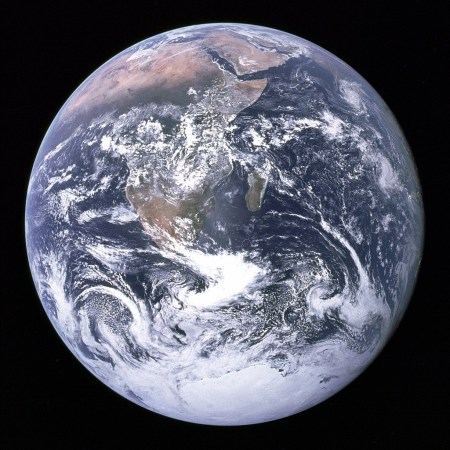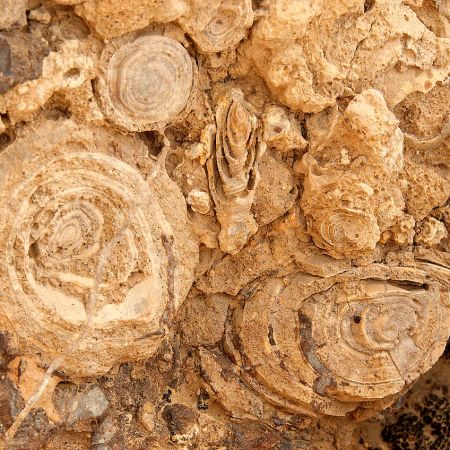Just when, exactly, did the Anthropocene begin? The term is used to refer to the present geological age — one characterized by humans’ ability to influence the climate. And it’s been used more and more in both scientific writing and popular culture, with books like John Green’s The Anthropocene Reviewed: Essays on a Human-Centered Planet and Roy Scranton’s Learning to Die in the Anthropocene: Reflections on the End of a Civilization seeing publication in the past decade.
As National Geographic recently noted, however, the term remains unofficial. Which begs the question: what does it take for the Anthropocene to become an officially accepted part of the scientific canon? That’s a complex process — and one a recent New York Times article offers an inside glimpse of.
As Raymond Zhong writes, we’re currently in the Holocene, which began over 11,000 years ago. A working group has been looking into whether or not we’re still in the Holocene — or if the Anthropocene would be a better description of our current geological epoch.
According to the article, the working group recently began voting on narrowing down a start date for the Anthropocene — a process that involved pointing to specific sites in the geological record that future scientists could point to and see a distinct change from what had come before. Following those votes, several other groups will then review the scientists’ findings and engage in the deciding votes on the official status of the Anthropocene.
It’s a debate that’s gotten intense in places — the Times details some participants wrestling with the possibility of political implications to formally designating the Anthropocene, while others are unsure of whether to deem it an epoch or an age. It’s a conversation that’s been taking place for over a decade, and it doesn’t seem likely to stop quite yet.
Thanks for reading InsideHook. Sign up for our daily newsletter and be in the know.


















